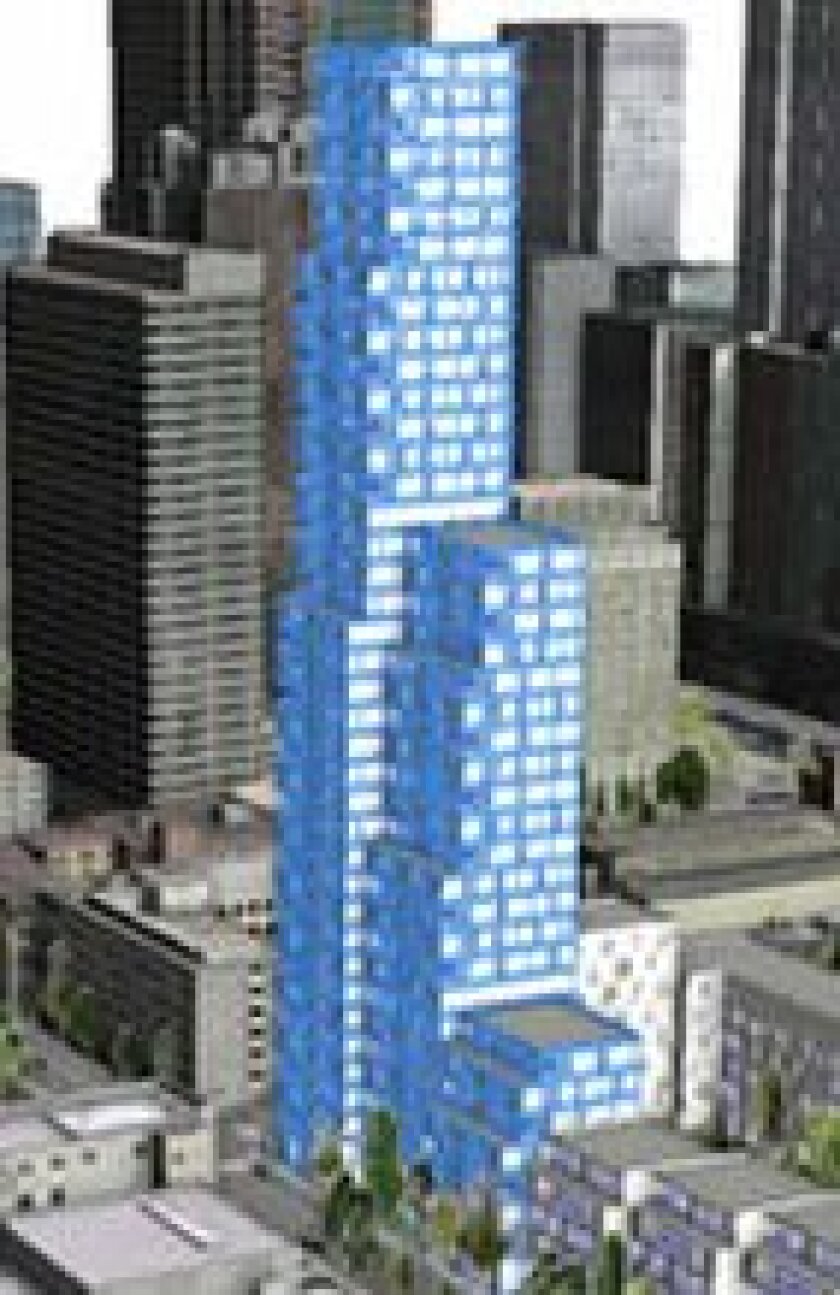What's needed to attract and retain business is a well-thought-out, innovative approach and strategy that showcases a city's unique strengths. Global information systems lend themselves perfectly to this need, providing crucial information in a map-based format that's easily understood, and advances in the technology are providing new tools that cities can leverage.
To be sure, municipalities have seen an explosive increase in the last decade in the use of internal-facing GIS mapping to manage and monitor their services and infrastructure. For economic development, however, the key is external-facing uses of GIS that capitalize on the latest advances.
Once such advance that is now taking the GIS world by storm is 3D imagery. This can enable prospective businesses, economic-development officers and city planners alike to work together and evaluate the impact that a proposed new structure would have on a city's landscape. 3D models are also exceptionally useful in helping stakeholders understand proposed changes and in soliciting community feedback. Stakeholders can "fly" around a 3D city to see a proposed development from every perspective.

|
|
| Source: esri |
Prospective retail-establishment owners, for example, would be provided with a list of standardized, popular search criteria options -- such as demographic information on age, gender, income, housing, consumer spending, family type, education and employment - so that they can self-select the particular information they need. For prospective manufacturing businesses, the more likely need is for searchable data on what's available near a potential site, such as rail or highway transportation, zoning, workforce demographics, and land and buildings.
Pictured below is a look at such a system in use by Fort Lauderdale, Fla. This information - easily generated by going to the Greater Fort Lauderdale Alliance site and clicking on "demographics" under the Data Center tab -- is automatically displayed in a professional format that lends itself perfectly to any management or executive presentation.

Such a presentation to a company's leadership team is, of course, where a decision about relocating to a community or creating a new business there is often made. If it seems unfair for one city to deploy such powerful tools while another city lags behind, remember this: Everything is fair in a street fight.








